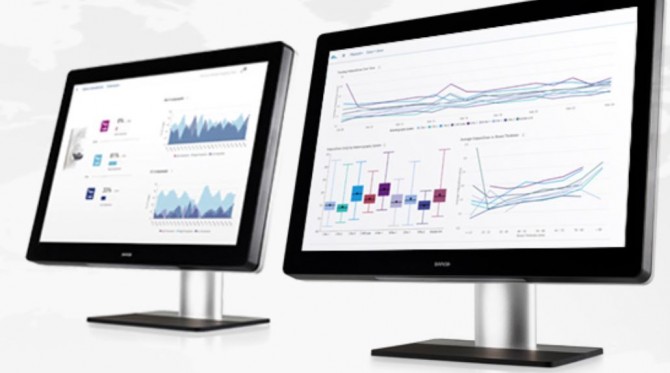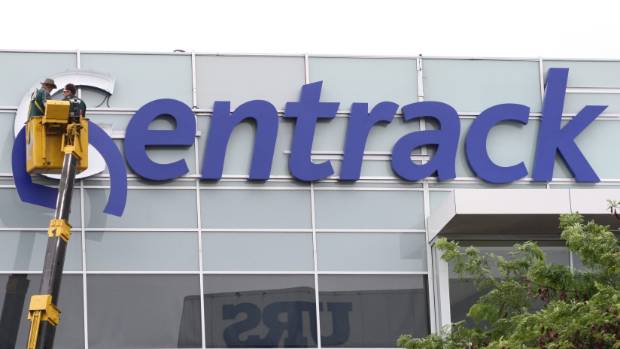
We recently caught up with Dalrymple Bay Infrastructure (ASX:DBI) CEO Michael Riches. The conversation reminded me of a neat little rule of thumb for valuing dividend stocks.
If you’re someone who likes your dividends, it’s a handy addition to your investing tool kit.
It’s called the Gordon Growth Model, and the simple version tells us that a stock’s total expected return is approximated by:Dividend Yield + Dividend Growth Rate
For example, if a stock has a 5% yield and its dividends will likely grow at 3.5% per year (on average), you can expect a total return of 8.5% annually. Roughly speaking.
If that return is good enough for you, relative to your evaluation of the associated risk, then you can say shares are fairly valued and go ahead and pick some up.
If it’s not, you can work out at which price it would make sense, given your desired total return. The fair value of a dividend stock can be worked out like so:
Target price = D / (r – g)
Where:
- D = expected dividend next year
- r = Required rate of return
- g = Expected dividend growth rate
Let’s apply this to Dalrymple Bay Infrastructure.
Based on what Michael told us, investors can expect something like 24 cents per share over the coming 12 months.
We also learnt that the company’s revenue is tied to inflation, plus a mandated return on investment. Recently, that’s worked out to a growth in dividends of around 4-5%pa but, for the sake of conservatism, let’s assume a long term dividend growth rate of 3.5%. And we’ll demand a total return of 10%. (For the sake of simplicity, we’ll ignore franking credits. Call it an added margin of safety.)
So plugging in those numbers we get:
0.24 / (0.1 – 0.035) = $3.69
So, according to our mate Gordon, DBI is fairly valued at around $3.69 per share. At least, that is, based on our desired return and the assumptions we’re using. Disagree with any of those figures? Great! Plug in what you reckon is right!
The point is, it gives you a means to draw a line in the sand and get a sense of value. However, as with any model, it’s always a case of garbage in, garbage out — so take care with the assumptions you use, and remember that it will only ever give you a rough approximation.
But that’s a hell of a lot better than sucking your thumb and sticking it in the air!
Oh, and this method is obviously only appropriate for dividend paying stocks that can reasonably be expected to pay consistent dividends. It’s not going to be helpful for growth stocks.
By the way, have a play around with some other well known income stocks. I’d suggest Woolworths (ASX:WOW) and CBA (ASX:CBA). The results are… interesting.
Strawman is Australia’s premier online investment club.
Members share research & recommendations on ASX-listed stocks by managing Virtual Portfolios and building Company Reports. By ranking content according to performance and community endorsement, Strawman provides accountable and peer-reviewed investment insights.
Disclaimer– Strawman is not a broker and you cannot purchase shares through the platform. All trades on Strawman use play money and are intended only as a tool to gain experience and have fun. No content on Strawman should be considered an inducement to to buy or sell real world financial securities, and you should seek professional advice before making any investment decisions.
© 2024 Strawman Pty Ltd. All rights reserved.







